
Keystone species are species that hold an ecosystem together; without them, the ecosystem wouldn’t function. Some keystone species are predators, some are herbivores, but whatever their place in the food chain, all of the other species in the ecosystem rely on them.
On this page are examples of keystone species from ecosystems in different parts of the world.
Page Index
Listed below are examples of keystone species. Scroll down to browse all of the animals, or use the index below to see information on a particular species.
What Is A Keystone Species?
A keystone species is a plant or animal that plays a crucial and unique role in the way an ecosystem functions. Without this species, the ecosystem would either be dramatically different or cease to exist altogether.

Keystone species have a disproportionately large effect on their environment relative to their abundance. They contribute to the structure and stability of their ecosystem by influencing the types and numbers of various other species in a community, thereby affecting overall biodiversity and ecosystem health.
The concept of a keystone species was first introduced by the ecologist Robert Paine in 1969.
Paine’s research highlighted the pivotal role of the purple sea star, Pisaster ochraceus in the intertidal zones of the Pacific Northwest. When these sea stars were removed, the mussel population, which they preyed upon, exploded, leading to a significant decrease in biodiversity.
This demonstrated that the presence of a keystone species can regulate the structure of the entire community, even if the species itself has a relatively small biomass compared to other animals in the food web.
Keystone Species List
African Elephant
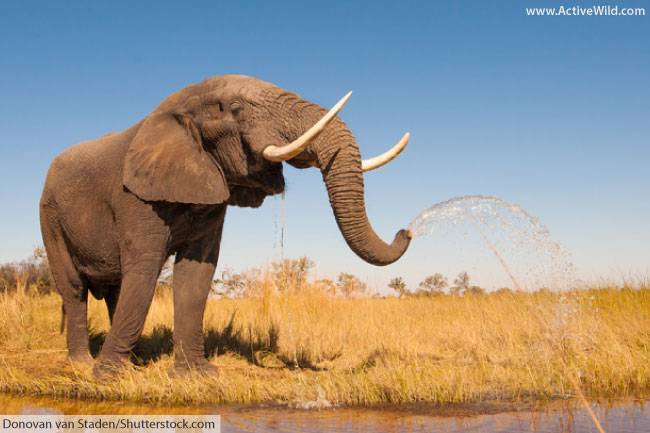
- Scientific Name: Loxodonta africana
- Class: Mammalia
- Order: Proboscidea
- Family: Elephantidae
- Where Found: Sub-Saharan Africa
- Conservation Status: Endangered
The African elephant is the largest land animal on Earth, with a large male weighing more than three typical family cars. Both male and female African elephants have tusks (only male Asian elephants have tusks.) The elephant’s huge ears help regulate body temperature.
This keystone species plays a crucial role in its ecosystem by maintaining its savannah and forest environments, shaping the landscape by trampling grasses, clearing trees and creating water holes in dried-out riverbeds.
Additionally, the herbivorous elephant spreads the seeds of plants it eats far and wide in its dung.
The elephant’s “ecosystem engineering” creates habitats and resources for many other animals in the ecosystem, thereby maintaining the species diversity of the savanna habitat.
American Alligator

- Scientific Name: Alligator mississippiensis
- Class: Reptilia
- Order: Crocodylia
- Family: Alligatoridae
- Where Found: Southeastern United States
- Conservation Status: Least Concern
The American alligator is a large reptile found in the southeastern United States, known for its powerful build and role as an apex predator in freshwater ecosystems.
The species is one of two crocodilians native to the United States (the other being the American crocodile). Also present in the country is the non-native spectacled caiman.
The American alligator is considered a keystone animal as it both helps to regulate populations of prey species and also create “gator holes” – deeper areas that provide essential habitats for other wildlife during dry periods.
Banner-Tailed Kangaroo Rat
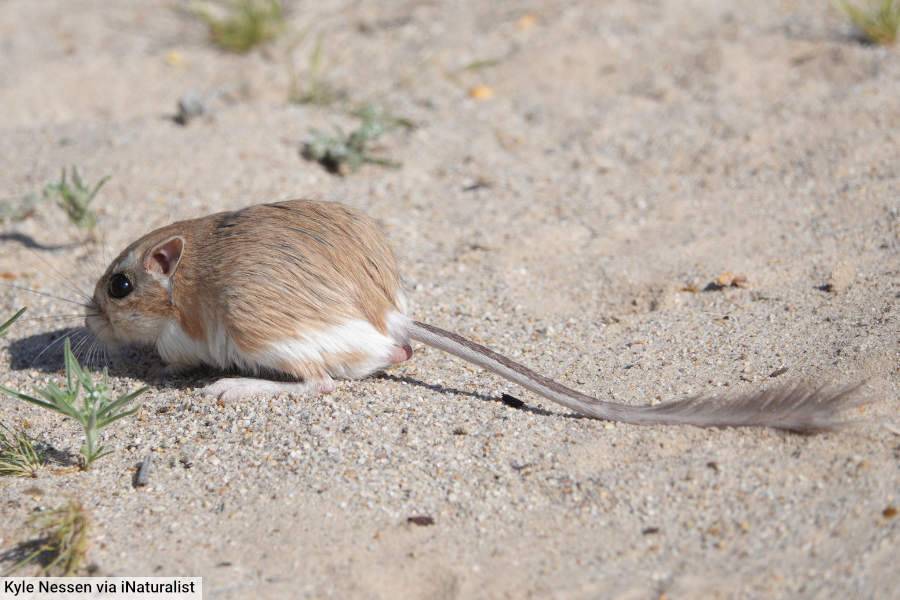
- Scientific Name: Dipodomys spectabilis
- Class: Mammalia
- Order: Rodentia
- Family: Heteromyidae
- Where Found: Southwestern United States and Northern Mexico (desert and semi-desert regions)
- Conservation Status: Near Threatened
The banner-tailed kangaroo rat is found in the deserts of the southwestern United States and northern Mexico. This small rodent has long black and white striped tail with a tuft of white fur at the tip.
The banner-tailed kangaroo is considered a keystone species because it disperses seeds and also creates extensive burrow systems that provide habitats for other desert dwellers, such as lizards.
In addition, the banner-tailed kangaroo rat’s foraging and burrowing activities enhance soil health and promote plant diversity, which are vital for maintaining the desert’s ecological balance.
Beaver (North American)

- Scientific Name: Castor canadensis
- Class: Mammalia
- Order: Rodentia
- Family: Castoridae
- Where Found: North America
- Conservation Status: Least Concern
The North American beaver is one of the best-known examples of a keystone species. This semi-aquatic rodent is found in the United States, Canada, and parts of northern Mexico.
The ponds and wetlands that are created as a result of the beaver’s dam-building behavior are crucial wetland habitats for birds, fish, and other wildlife. The beaver plays a vital role in maintaining biodiversity, improving water quality, and preventing soil erosion.
The North American beaver is one of two beaver species, the other being the Eurasian beaver, which plays a similar keystone role in European and Asian habitats.
Black-Tailed Prairie Dog
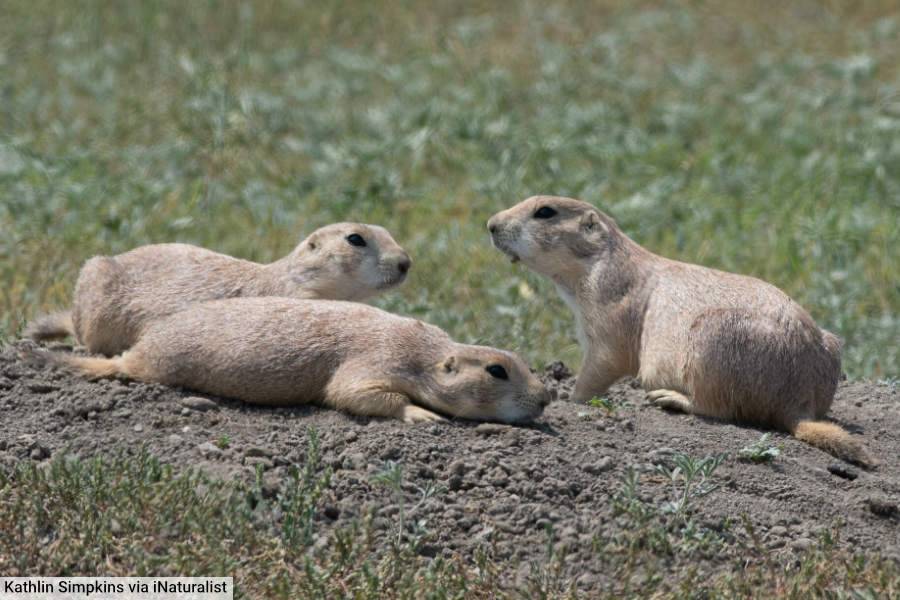
- Scientific Name: Cynomys ludovicianus
- Class: Mammalia
- Order: Rodentia
- Family: Sciuridae
- Where Found: Great Plains of North America
- Conservation Status: Least Concern
The black-tailed prairie dog is a social burrowing rodent native to the grasslands of North America, known for its complex underground colonies known as “towns.”
The prairie dog significantly influences its ecosystem by aerating the soil and promoting the growth of diverse plant species through its digging activities.
The burrows of this keystone species provide habitats for various animals, and the prairie dog itself serves as a crucial food source for predators.
Without the black-tailed prairie dog, the prairie ecosystem would not be able to function.
Blue Wildebeest
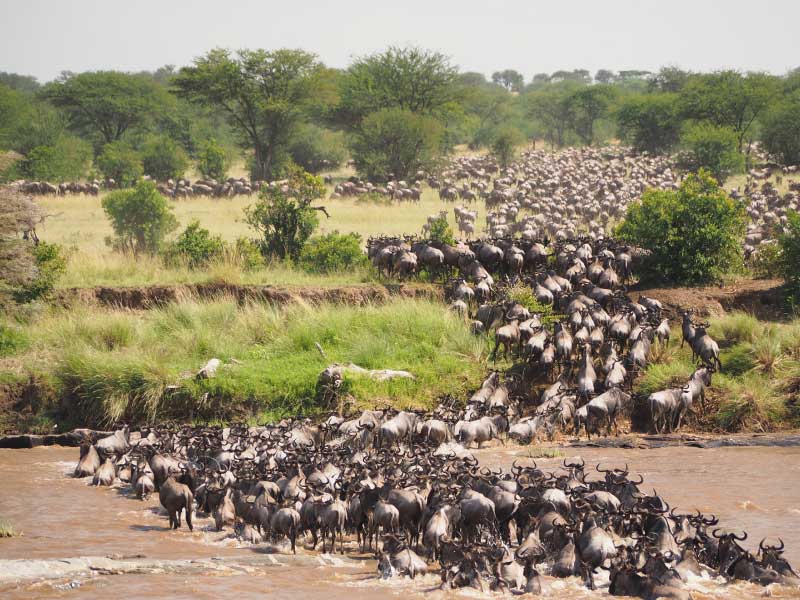
- Scientific Name: Connochaetes taurinus
- Class: Mammalia
- Order: Artiodactyla
- Family: Bovidae
- Where Found: Eastern and Southern Africa
- Conservation Status: Least Concern
The blue wildebeest (also known as the common wildebeest or brindled gnu) is a large antelope found in the plains and open woodlands of Africa.
The annual migration of millions of blue wildebeest and other herbivores across the Serengeti and Maasai Mara is one of nature’s greatest spectacles.
The blue wildebeest is a keystone species as its grazing maintains the savanna habitat and recycles nutrients within the ecosystem. As important prey animals, the antelopes also support populations of predators such as lions and crocodiles.
Cassowaries
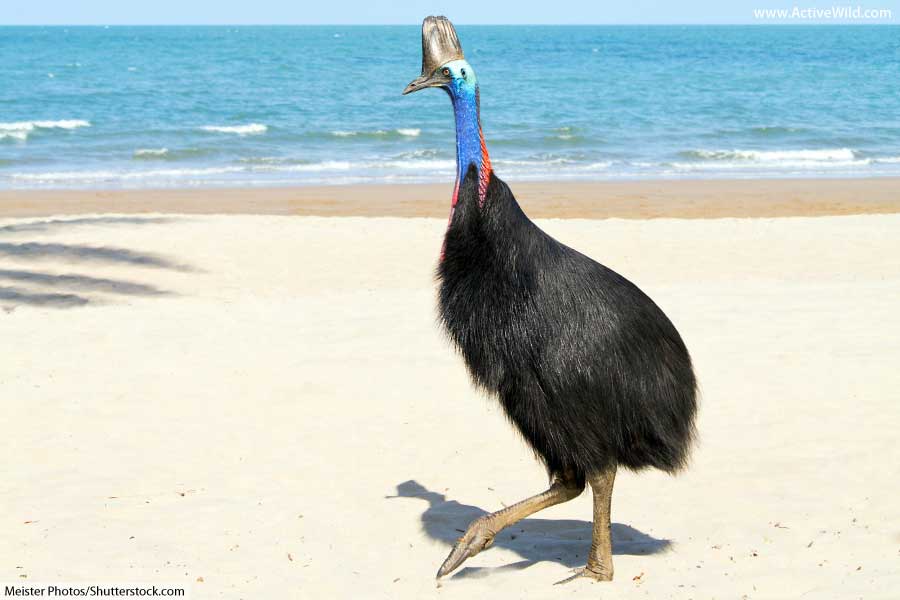
- Scientific Name: Casuarius spp.
- Class: Aves
- Order: Casuariiformes
- Family: Casuariidae
- Where Found: New Guinea, nearby islands, and northern Australia
- Conservation Status: Least Concern (all species)
Cassowaries are large, flightless birds native to the tropical forests of New Guinea, nearby islands, and northern Australia. With their striking blue skin and helmet-like casques on their heads, they are among the most distinctive of all birds.
Cassowaries are considered keystone species because they act as seed dispersers, consuming a variety of fruits and spreading the seeds over large distances through their droppings.
The actions of these birds help maintain the diversity and health of tropical forests, facilitating forest regeneration and the growth of many plant species.
Goshawk
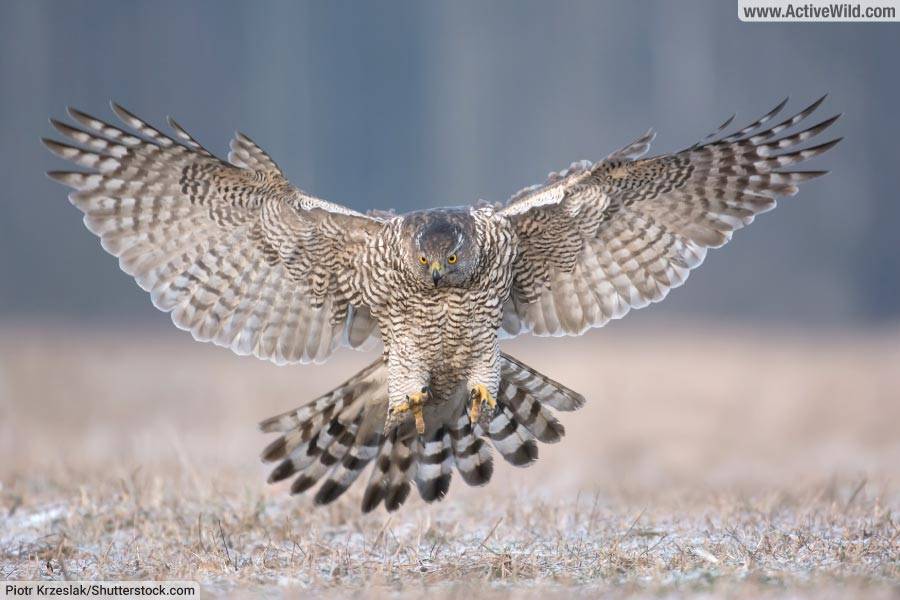
- Scientific Name: Accipiter gentilis
- Class: Aves
- Order: Accipitriformes
- Family: Accipitridae
- Where Found: Northern Hemisphere (North America, Europe, Asia)
- Conservation Status: Least Concern
The Eurasian Goshawk is a large raptor with gray upperparts, black and white banded chest and white eyebrow stripe.
Inhabiting forests across Europe, Asia, and parts of North Africa, the goshawk preys on a wide range of animals, including birds, small mammals, and occasionally reptiles.
The Eurasian Goshawk plays a critical role in maintaining ecological balance by controlling the populations of its prey, which helps ensure the health and diversity of forest ecosystems.
The related American goshawk Accipiter atricapillus, found in North America, plays a similar role in its ecosystem.
Gray Wolf

- Scientific Name: Canis lupus
- Class: Mammalia
- Order: Carnivora
- Family: Canidae
- Where Found: Holarctic region (North America, Europe, Asia)
- Conservation Status: Least Concern
The gray wolf is a large member of the dog family Canidae native to wilderness and remote areas of North America, Europe, and Asia. A highly social and intelligent animal, the wolf lives and hunts in extended family groups known as packs.
The gray wolf is considered a keystone species due to its critical role in maintaining the structure and health of ecosystems.
As an apex predator, the gray wolf regulates populations of large herbivores like deer and elk.
One of the most well-documented examples of the gray wolf as a keystone species is the reintroduction of wolves to Yellowstone National Park in 1995.
Prior to this time, the park experienced overpopulation of elk, leading to overgrazing and severe ecological imbalance. Following the wolves’ reintroduction, elk populations decreased and their behavior changed, reducing grazing pressure on vegetation. This allowed willow and aspen to recover, stabilizing riverbanks and fostering habitats for various species, including beavers, whose dams further enhanced biodiversity by creating ponds and wetlands.
The wolves’ presence in the park also influenced other predators and scavengers. By controlling the coyote population, wolves indirectly boosted populations of smaller mammals and birds. Additionally, the carcasses from wolf kills provided food for scavengers such as bears, ravens, and eagles.
Grizzly Bear
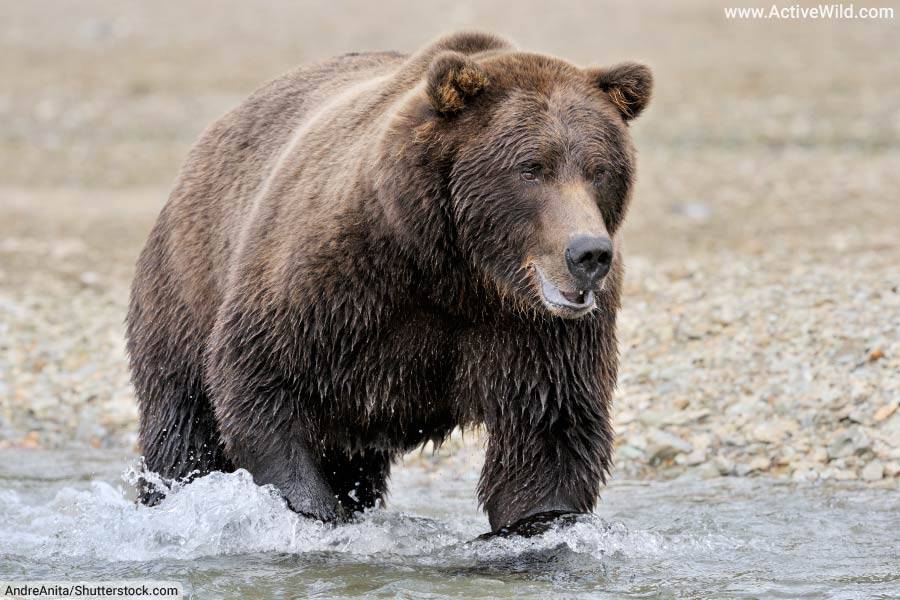
- Scientific Name: Ursus arctos horribilis
- Class: Mammalia
- Order: Carnivora
- Family: Ursidae
- Where Found: North America (Alaska, western Canada, parts of the northwestern United States)
- Conservation Status: Least Concern
The grizzly bear is a North American brown bear subspecies. This large, powerful animal is one of America’s most iconic species.
The grizzly bear is an omnivore, with a wide-ranging diet that includes animals as large as moose and plant matter such as berries and nuts.
As a keystone animal, the grizzly bear helps maintain the ecological balance of its habitat by controlling prey populations, dispersing seeds in its scat, and influencing the behavior of other wildlife.
Honey Bee

- Scientific Name: Apis mellifera
- Class: Insecta
- Order: Hymenoptera
- Family: Apidae
- Where Found: Worldwide (native to Europe, Asia, and Africa; introduced globally)
- Conservation Status: Data Deficient
Honey bees are social insects known for their critical role in pollination, which supports the growth of many crops and wild plants. While collecting nectar and pollen from flowers, the bees also transport extra pollen to other flowers, allowing the plants to reproduce.
The bees live in highly organized colonies, consisting of a single queen, numerous workers, and a small number of drones.
Bees are essential for the pollination of up to one-third of the food we consume, making them indispensable to both natural ecosystems and agriculture.
Jaguar

- Scientific Name: Panthera onca
- Class: Mammalia
- Order: Carnivora
- Family: Felidae
- Where Found: Central and South America
- Conservation Status: Near Threatened
The jaguar is the largest member of the cat family Felidae found in the Americas, and the third-largest in the world, after the tiger and lion.
Like most cats, the jaguar is a solitary predator. It often hunts at night, and has a diet that includes over 85 different species, ranging from deer and peccaries to caimans and fish.
As a keystone species, the jaguar helps maintain the balance of its ecosystem by controlling the populations of herbivores and other prey, which in turn supports the health and diversity of plant communities.
Lion
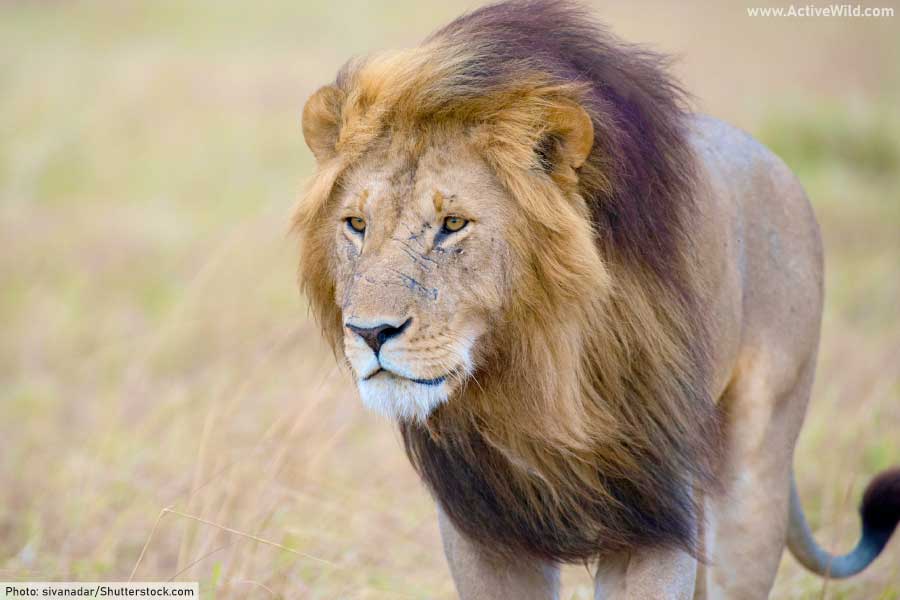
- Scientific Name: Panthera leo
- Class: Mammalia
- Order: Carnivora
- Family: Felidae
- Where Found: Sub-Saharan Africa, India (Gir Forest)
- Conservation Status: Vulnerable
The lion is the second-largest member of the cat family (only the tiger is larger). Unusually for cats, which in general are solitary hunters, the lion lives in groups known as prides. A typical pride of lions consists of multiple related females and their offspring and a small number of males.
Lions are apex predators, primarily hunting large herbivores such as zebras, wildebeests, and buffaloes, using their cooperative hunting strategies.
As a keystone species, lions help regulate prey populations, which prevents overgrazing and maintains the balance and biodiversity of their savanna ecosystems.
Milfoil Weevil
No photo available
- Scientific Name: Euhrychiopsis lecontei
- Class: Insecta
- Order: Coleoptera
- Family: Curculionidae
- Where Found: North America
- Conservation Status: Not Evaluated
Milfoil weevils are small, aquatic beetles that specialize in feeding on Eurasian watermilfoil, an Old World aquatic plant that is an invasive species in North America.
The weevils lay their eggs on the plant, and the larvae then burrow into the stems, causing significant damage that helps control the spread of this aggressive species.
Orangutans
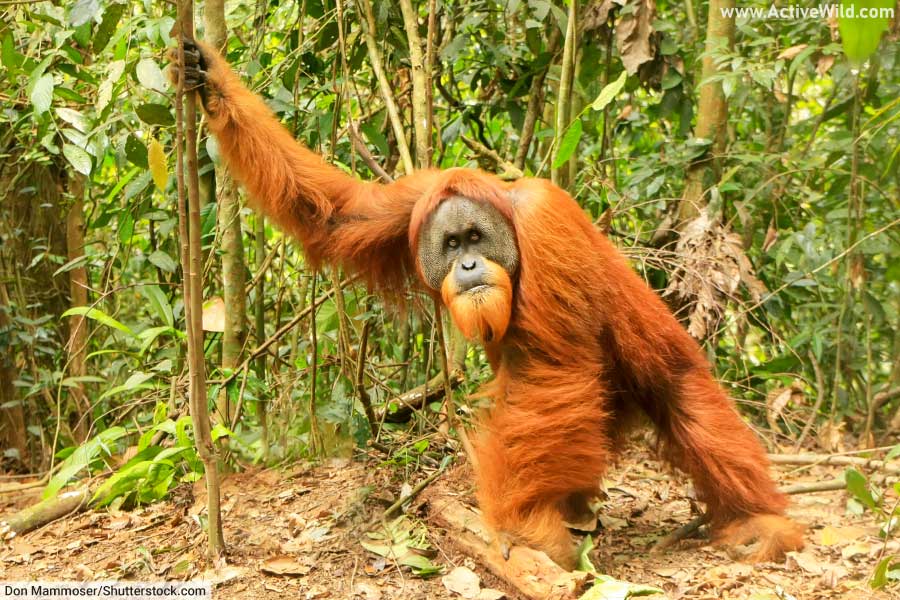
- Scientific Name: Bornean Orangutan – Pongo pygmaeus; Sumatran Orangutan – Pongo abelii; Tapanuli Orangutan – Pongo tapanuliensis
- Class: Mammalia
- Order: Primates
- Family: Hominidae
- Where Found: Borneo and Sumatra
- Conservation Status: Critically Endangered (all species)
Orangutans are members of the great ape family Hominidae native to the rainforests of Borneo and Sumatra.
These distinctive, red-haired apes are known for their ability to use tools. Orangutans lead largely solitary lives, and have an omnivorous diet primarily consisting of fruit, leaves, bark, and insects.
As keystone species, orangutans are vital for seed dispersal, helping to maintain the health and diversity of their rainforest habitats by ensuring the propagation of a variety of plant species.
Pacific Salmon

- Scientific Name: Oncorhynchus spp.
- Class: Actinopterygii
- Order: Salmoniformes
- Family: Salmonidae
- Where Found: North Pacific Ocean and river systems in Asia and North America
- Conservation Status: Varies by species
Pacific salmon are fish native to rivers that drain into the North Pacific Ocean and to the Pacific Ocean itself. There are six species of Pacific salmon, the largest of which is the Chinook salmon, Oncorhynchus tshawytscha.
Pacific salmon are anadromous, which means that they migrate from the ocean to freshwater rivers to spawn.
During their migration, these keystone species provide a crucial food source for a variety of predators, including bears, birds, and humans, and their decaying bodies enrich freshwater and terrestrial ecosystems with marine-derived nutrients.
Purple Sea Star

- Scientific Name: Pisaster ochraceus
- Class: Asteroidea
- Order: Forcipulatida
- Family: Asteriidae
- Where Found: Pacific Ocean (intertidal zones from Alaska to California)
- Conservation Status: Not Evaluated (recent declines due to Sea Star Wasting Syndrome)
The purple sea star, also known as the ochre sea star, is a prominent predator found along the rocky intertidal zones of the Pacific coast of North America.
The sea star / starfish preys primarily on mussels, playing a crucial role in controlling the mollusks’ populations and preventing them from dominating the ecosystem. by doing so, this keystone species maintains the ecological balance in its intertidal community by allowing a variety of marine organisms to thrive.
The work of zoologist Robert T. Paine in the 1960s, which focused on the purple sea star, established the concept of keystone species, which has been used by biologists ever since.
Saguaro Cactus
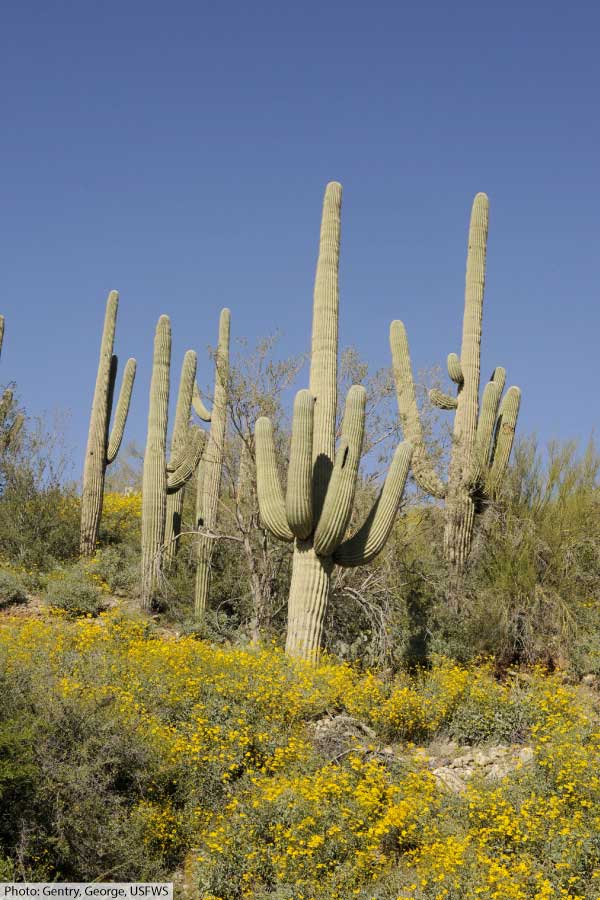
- Scientific Name: Carnegiea gigantea
- Class: Magnoliopsida
- Order: Caryophyllales
- Family: Cactaceae
- Where Found: Sonoran Desert (Arizona, California, Sonora in Mexico)
- Conservation Status: Least Concern
The saguaro cactus is an iconic plant of the Sonoran Desert in the southwestern United States and Mexico, known for its towering height and distinctive arms.
The cactus provides critical resources such as food, water, and shelter to a wide range of desert wildlife, including birds, bats, and insects.
This is a keystone role, vital for maintaining the desert ecosystem’s biodiversity and ensuring the survival of the numerous species that depend on the cactus for their lifecycle needs.
Sea Otter
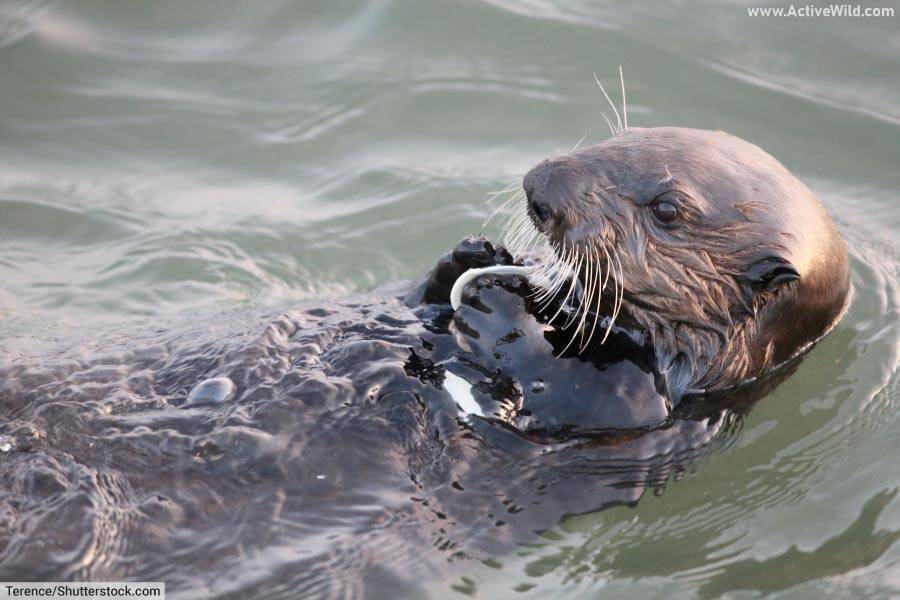
- Scientific Name: Enhydra lutris
- Class: Mammalia
- Order: Carnivora
- Family: Mustelidae
- Where Found: North Pacific Ocean (coastal areas from Alaska to California, Russia, Japan)
- Conservation Status: Endangered
The sea otter is a marine mammal found along the coasts of the northern and eastern North Pacific Ocean, known for its use of rocks as tools to open shellfish.
Despite being the heaviest member of the weasel family Mustelidae, the sea otter is the smallest marine mammal.
The sea otter plays a crucial role in maintaining the health of kelp forest ecosystems by preying on sea urchins, which, if left unchecked, can overgraze and decimate kelp forests.
This keystone species is an endangered species; not only does its own future hang in the balance, but also that of the kelp forests that it plays a vital role in maintaining.
Snowshoe Hare
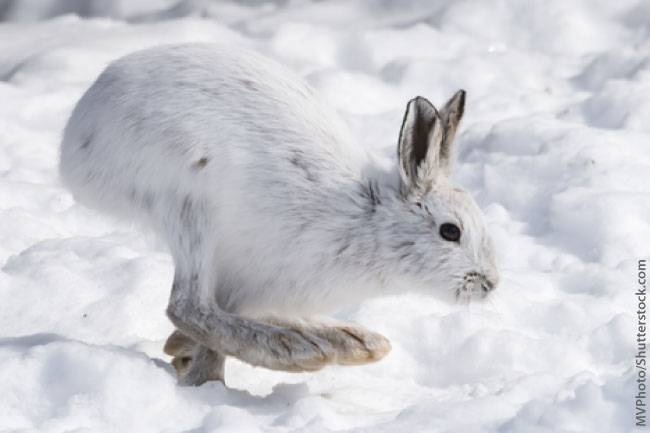
- Scientific Name: Lepus americanus
- Class: Mammalia
- Order: Lagomorpha
- Family: Leporidae
- Where Found: North America (boreal forests and mountainous regions)
- Conservation Status: Least Concern
The snowshoe hare is a small mammal native to North America’s boreal forests and mountainous regions. The color of its coat changes from brown in summer to white in winter, providing effective year-round camouflage.
The name “snowshoe hare” refers to the animal’s large feet, which prevent it from sinking into the snow.
The hare is vital prey for a variety of northern predators, including lynxes, foxes, and birds of prey. The snowshoe hare population has a natural cycle. When the hares are abundant, the amount of willow and other vegetation diminishes, eventually resulting in fewer hares and a corresponding abundance of vegetation.
Directly linked to the snowshoe hare population is that of the Canada lynx, a natural predator of the hare.
The relationship between predator, prey and vegetation highlights the importance of keystone species such as the snowshoe hare in maintaining the natural balance of ecosystems throughout the world.
Further Reading
Visit our main animals page for links to animal information and a complete guide to the animal kingdom: Animals
You can see examples of apex predators on this page: Apex Predators
You can see a list of different biomes on this page: Biomes
Discover more about ecosystems on this page: What Is An Ecosystem?
The post Keystone Species Examples; List With Pictures & Interesting Facts appeared first on Active Wild.